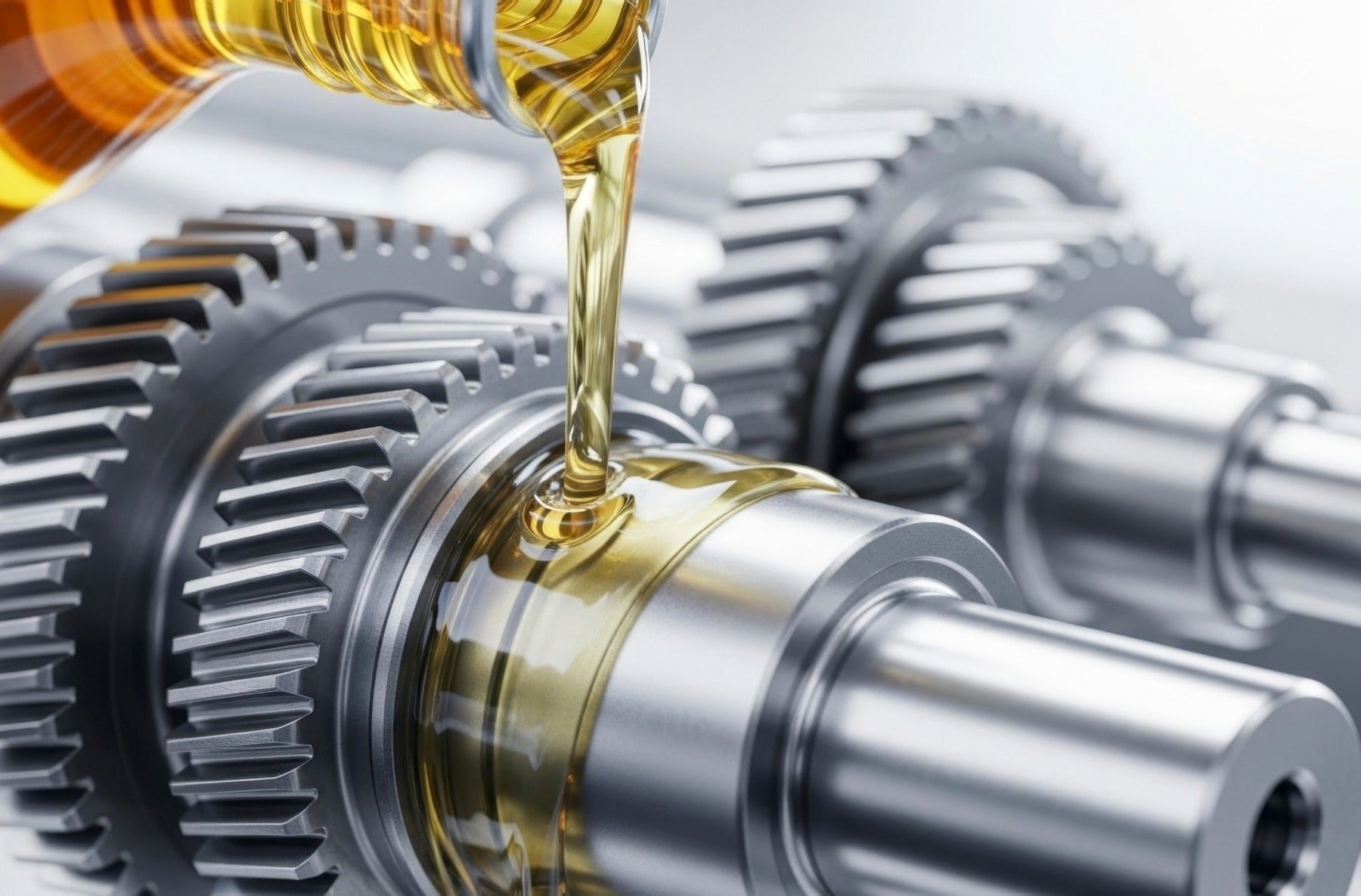
Proper Storage of Air Tool Lubricating Oil
When you're working with pneumatic tools regularly, it’s easy to focus on output and forget about upkeep. One small but often overlooked habit that makes a big difference is how you store your lubricating oil. Sure, you might think tossing the bottle on a shelf in the back of the shop is fine, but that could be affecting the performance of your air tools without you even realizing it.
Storing lubricating oil for air tools the right way helps you keep your equipment running smoothly and extends the life of each tool. If you’ve ever had an air ratchet act up or felt your tools weren’t running quite right, it might not be the tool itself. Dirty or degraded oil can quietly chip away at performance, costing more over time in repairs and replacements. Sticking to a few simple storage habits can help avoid that.
The Importance Of Proper Storage
Lubricating oil plays a key role in reducing friction and wear inside pneumatic tools. It helps prevent rust and keeps everything moving the way it should. But what a lot of people don’t realize is that how and where you store that oil can change how well it does its job. Exposure to air, moisture, and extreme temperatures can break the oil down faster than it should. That means even before it gets into your tools, it might already be compromised.
Here’s how poor storage impacts performance:
- Oil exposed to moisture can become cloudy and lose its effectiveness
- If a container isn’t sealed tightly, the oil can oxidize and thicken
- Temperature swings in your storage area can alter the chemical makeup and reduce lubricating power
- Contaminants like dust or dirt can get into the oil, getting passed on into your air tools
All of this leads to one thing: your tools don’t get the protection they need. Even high-quality oil won’t work as well if it’s been stored wrong. And when your tools aren’t properly protected, they wear out faster, break down more often, or just stop performing the way they should.
For example, a tech in a repair shop stored their oil close to a window where the sun would heat it daily. Within a couple of weeks, the oil inside started to darken and smell off. That same oil gummed up two impact wrenches before anyone noticed what was happening. A small change, like moving the oil to a cool, dark cabinet, could’ve saved those tools.
Taking a few minutes to rethink how you store your lubricating oil can prevent those problems before they start. It’s less effort than dealing with constant downtime from worn tools.
Ideal Storage Conditions
To get the most out of your lubricating oil for air tools, you don’t need a fancy setup. Just the right environment and a few smart habits. While brand-new, tightly sealed containers of oil are pretty stable, once they're opened and used throughout the week, they get exposed. That’s when it becomes more important to keep things controlled.
Here’s what to aim for:
- Cool, consistent temperature: A storage space between 40 and 70 degrees Fahrenheit is ideal, and keeping the temperature steady is just as important as how cool the space is
- Dry area: Moisture quickly leads to contamination. Basements or garages with leaks or high humidity aren’t the best choices
- Dark or dim storage: UV rays can slowly change the chemistry of the oil, especially in clear or partially transparent containers
- Solid-sealing containers: Re-sealable jugs or containers that fully lock out air help slow down the degradation process after use
- Clean surroundings: Oil containers sitting next to sawdust or metal shavings are more likely to pick up debris that can damage your tools. Always wipe off the spout and store on a clean shelf or bin
If you can’t control all of this, at least go for the basics. Keep your oil sealed and away from direct heat and moisture. A plastic crate with a lid stored under a workbench works better than a window shelf any day. It’s all about reducing exposure to air, light, and temperature changes. Even small upgrades in how you store your lubricating oil can help your tools stay consistent and last longer.
Organizational Tips For Storage
Organizing your lubricating oil stash isn’t just about looking tidy. Being methodical saves time and makes sure you always have fresh oil on hand. Let’s explore some simple steps to keep everything in line.
First, choose the right containers. Durable, re-sealable plastic or metal cans are great for keeping oil safe. Clearly label each container with purchase dates and type of oil so you know exactly what you have and when it might expire. This eliminates confusion and helps you track how old each batch is.
Create an inventory system. Arrange your oil containers in a way that flows smoothly. The oil purchased first goes in front, while newer ones stay in the back. This first-in, first-out method helps ensure older oil gets used before it degrades. That reduces waste and makes sure your tools always get the best condition oil.
One more handy tip: keep a simple chart. Jot down the dates when you restock or whether an oil type works especially well for certain tools. This little log can help others in your shop understand what’s going on too.
Signs Your Lubricating Oil Has Gone Bad
Even with ideal storage, oil doesn’t last forever. Knowing what to look for can prevent you from using ineffective oil, which can harm your tools. So, how do you know when it’s time to toss the old stuff?
Here are some common signs that lubricating oil has gone bad:
- Color change: Lubricating oil should be clear or light amber. If it starts looking dark or cloudy, it might be breaking down or contaminated
- Strange smell: A rancid or sour odor means something’s probably off. Good oil doesn’t have much of a smell
- Texture shifts: Fresh oil should be smooth and fluid. If it feels sticky or gritty, it may have degraded or picked up debris
Also, pay attention to expiration dates and shelf life printed on the packaging. Not every container will have this info, so write down when you purchased it. If you think the oil has gone bad, avoid using it. Old or compromised oil can lead to poor lubrication, which shortens the life of your tools and could send you shopping for replacements sooner than expected.
Keep Your Tools Running Smoothly
Taking care of your lubricating oil might seem like a small task, but it really pays off. Keeping everything stored the right way, staying organized, and watching for signs of old oil creates a better setup for your air tools to last longer and run better.
Creating good storage habits is one of the easiest ways to cut down on surprise problems and keep work moving without needless interruptions. Your oil works hard behind the scenes to protect your tools. Give it the kind of care that helps it do its job well. Store it right, know when to replace it, and make sure your tools can rely on proper lubrication every time.
For more tips on maintaining smooth operations and reducing downtime, take a look at our recommended lubricating oil for air tools. Let Compressor Filter Hub help you keep your tools in peak condition and extend their lifespan with the right products and support.
